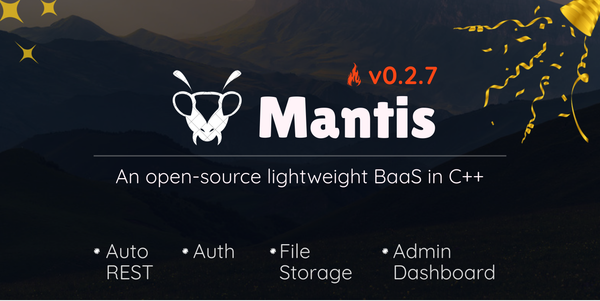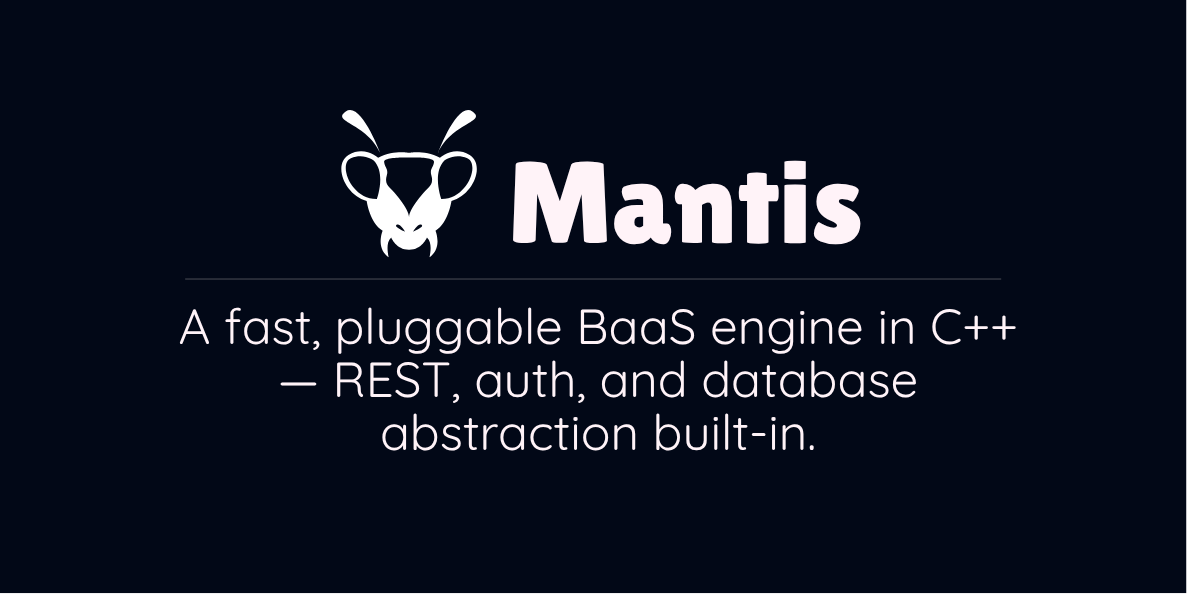Understanding Big Endian vs Little Endian: Key Concepts in Computer Architecture and Networking
Big Endian vs. Little Endian
Have you encountered the terms "Little Endian" (LE) or "Big Endian" (BE) and been curious about their significance? Initially, these concepts may appear to be abstract or irrelevant. Nevertheless, the importance of comprehending these terms becomes apparent as soon as one begins to explore computer architecture or networking.
Introduction to the Binary System
Before we delve into the concepts of Little Endian (LE) and Big Endian (BE), it is important to review some fundamental concepts that are essential for comprehending the way in which computers process and store data.
The binary system is the foundation of computing, in which all data is represented by two states: 0 and 1, which correspond to OFF and ON in terms of voltage levels. The foundation of all computer operations is this binary system.
Bytes are the elements in which data is organized in computers, with each byte consisting of 8 bits. A bit is the smallest unit of data, denoting either 0 or 1. Complex data, such as characters or integers, can be represented by combining multiple bytes.
Data representation is frequently discussed in hexadecimal (hex) format, which is a base-16 system that employs the letters A-F and the digits 0-9. Hexadecimal is a more condensed method of expressing binary data.
The Most Significant Bit (MSb) is the bit located at the farthest left in any byte, as it has the highest value (or significance). In contrast, the Least Significant Bit (LSb) is the bit located at the farthest right and has the lowest value. For instance, the LSB is '0' and the MSB is '1' in the binary byte 0b11001010.
Most Significant Byte (MSB) and Least Significant Byte (LSB) on the other hand show how bytes are ordered. Note here that the bit ordering within the byte itself is unchanged in both cases.
These concepts are essential when discussing the storage of bytes in memory, which leads to the concept of endianness.
Endianness
Endianness is the term used to describe the order in which bytes are organized in computer memory. An effective analogy is to examine the manner in which various languages are written and read. The majority of languages are read from left to right, while others, such as Arabic, are read from right to left.
In computing, endianness dictates the order in which bytes are stored. The primary distinction is whether the most significant byte (MSB) or the least significant byte (LSB) is stored at the smallest memory address.
Consider memory as a big array of cells, where each cell has an address denoting to it. So, when we talk about the least memory address, we mean, if we allocate some data to take the memory address from, say, 0x00 to 0xFF, then the smallest address here refers to 0x00.
Big-Endian
The Most Significant Byte (MSB) is stored at the smallest (or lowest) memory address in Big Endian systems. For instance, the hexadecimal number 0x12345678 serves as an illustration. The MSB is 0x12, and the LSB is 0x78. When the data is divided into bytes, the resulting values are 0x12, 0x34, 0x56, and 0x78.
This would be stored in memory with the MSB at the beginning, followed by the subsequent bytes in descending order of significance:
| Address | Data |
|---|---|
| 0x00 | 0x12 |
| 0x01 | 0x34 |
| 0x02 | 0x56 |
| 0x03 | 0x78 |
Little Endian
In contrast, the Least Significant Byte (LSB) is stored at the tiniest memory address in Little Endian systems. The memory layout would be reversed by employing the same hexadecimal number (0x12345678):
| Address | Data |
|---|---|
| 0x00 | 0x78 |
| 0x01 | 0x56 |
| 0x02 | 0x34 |
| 0x03 | 0x12 |

What is the significance of this?
There are numerous reasons why it is essential to comprehend endianness:
- Communication: In order to accurately interpret the data being exchanged, it is necessary for various systems to concur on the byte order when communicating over a network. Errors or misinterpretations may result from endianness mismatches.
- Data Storage: In systems where data is shared across multiple platforms, such as a database accessed by various devices, the endianness of the data is crucial for ensuring consistency in data retrieval and storage.
- Performance Optimisation: Specific architectures optimise performance by considering the anticipated endianness. In order to generate code that is both compatible and efficient, developers must be cognisant of this.
In conclusion, although the concept of endianness may appear trivial at first, it is essential for the accurate and efficient communication, storage, and processing of data by computers.





